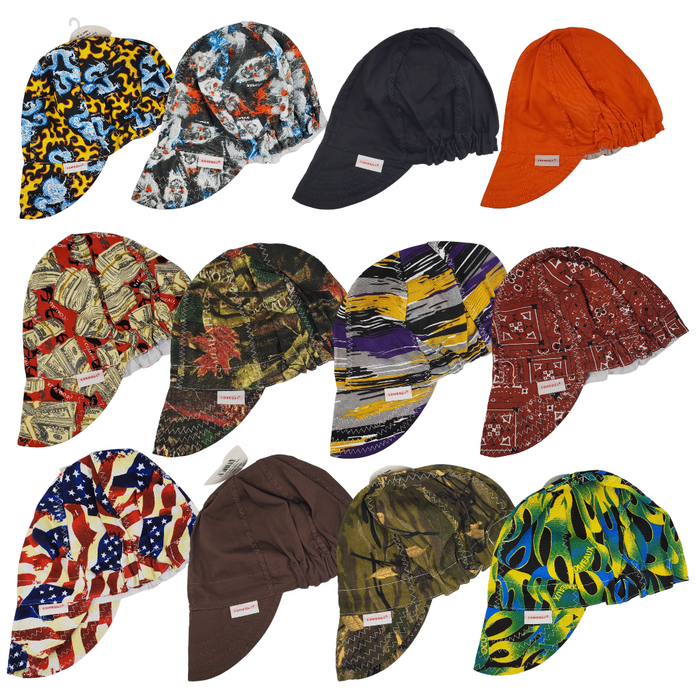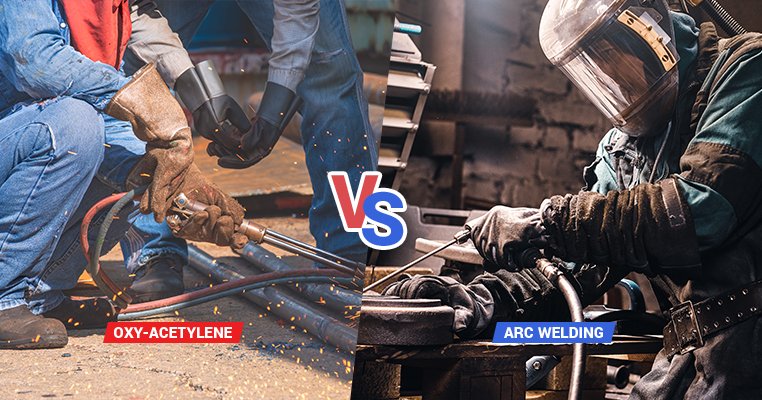Gouging welding is a cutting process that removes metal from the surface. This method utilizes heat and a jet of oxygen to slice through materials.
In the realm of welding and fabrication, gouging welding stands out for its precision in cutting, preparing joint edges, or removing defective metal. Craftsmen and technicians often employ this technique in repair work, manufacturing, and construction industries, where it is critical to create immaculate surfaces or to dissect metal components with exactness.
Utilizing a combination of intense heat and sharp streams of oxygen, gouging allows for controlled removal of metal, facilitating tasks such as crack removal, edge preparation, and defect repair. It’s a versatile process compatible with a variety of metals, making it an indispensable skill in the welder’s toolkit.

Credit: tikweld.com
Different Types Of Gouging Welding Techniques
Welding gouging is a critical process. It involves removing metal using heat. Gouging makes room for repairing or adding to a weld. Professionals use different techniques for various results. Let’s explore these methods.
Air Carbon Arc Gouging
Air carbon arc gouging (CAC-A) is popular. It uses an electric arc and blasts of air. The arc melts the metal. The air blows it away. This method is quick and effective. Here are its perks:
- Versatile for many metals
- Does not need a secondary heat source
- Fast removal of material
Plasma Arc Gouging
Plasma arc gouging is more precise than CAC-A. It uses a plasma torch to focus on small areas. This technique is clean, with little smoke. Benefits include:
- High accuracy and control
- Less noise and debris
- Suitable for thin materials
Mechanical Gouging
Mechanical gouging involves tools like grinders and chisels. It is not as hot as plasma or air arc gouging. Yet, it is simple and straightforward. It is best for jobs that cannot handle much heat. Key points include:
| Pros | Cons |
|---|---|
| No heat needed | Not as fast |
| Good for surface defects | Limited to accessible areas |
Exothermic Gouging
Exothermic gouging uses a chemical reaction. It creates intense heat. This melts the metal quickly. Only skilled workers use this method. It is efficient for thick metals. It is important to note:
- Good for large scale projects
- Demands safety precautions
- Generates intense heat

Credit: weld-ready.ca

Credit: blog.red-d-arc.com
Frequently Asked Questions Of What Is Gouging Welding
What Is Gouging In Welding?
Gouging in welding refers to the process of removing metal using a high-temperature arc. It’s often used to create grooves, prepare edges for welding, or remove defective metal or welds. Gouging can be performed using various methods, including air carbon arc gouging (CAC-A), plasma arc gouging, and oxy-fuel gouging.
Why Is Gouging Important In Welding Process?
Gouging is vital in the welding process for ensuring sound welds and structural integrity. It allows for the removal of old welds, making way for new ones, and helps in correcting any flaws or defects in metal workpieces. Gouging also prepares edges for a better welding surface.
What Tools Are Used For Welding Gouging?
Tools used for gouging include a carbon electrode, an air compressor for air carbon arc gouging, a plasma torch for plasma gouging, and an oxy-fuel torch for oxy-fuel gouging. Each tool is designed for different types of metals and gouging requirements.
How Does Air Carbon Arc Gouging Work?
Air carbon arc gouging works by focusing an electric arc between a carbon electrode and the workpiece. The intense heat melts the metal, while a blast of air removes it. This creates a clean groove or cut, which can be used for various welding preparations and repairs.
Conclusion
Wrapping up, gouging welding stands vital in industries requiring precision and material removal. By mastering this technique, welders can ensure cleaner cuts and better joint preparations. Embracing gouging not only elevates your skills but also enhances project outcomes. Let’s take the torch forward in our metalworking journey with this valuable method.
